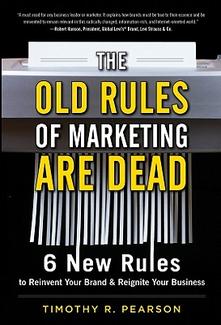
This group of short stories outshine the rest in its class. On its surface, its a collection of stories that relate to the tattoos on a wandering man. As his new companion looks on, the tattoos come to life and each of them has a powerful story to share.
The overall idea for this collection is perfect, and it really works to tie all of the stories together. But the real gems are the stories themselves. In a few short pages Bradbury uses each story to reveal timeless truths about religion, God, race, fear, the future, and much more. The first story, The Veldt, is a haunting tale that highlights the dangers of technology. Written fifty years ago, it is nothing short of prophetic and it perfect for our times.
There are a couple of stories that are slower than the rest, but only because the are compared to the other brilliant stories contained in the book. Highly recommended.
Writing Idea: I love how Bradbury used the tattoos on this man to tie all of his stories together in a really interesting way. Its a great idea and a good exercise in creativity to write stories in this manner. If we had an artist create a drawing of a new tattooed man, is anyone interested in writing stories that relate to his tattoos? The original Illustrated Man had nineteen tattoos and that sounds like a good number. We would accept entries on each tattoo, choose the best, and publish a collection of short stories. Any ideas for the tattoos themselves? If you are interested in this project, contact me via email or comment below.












